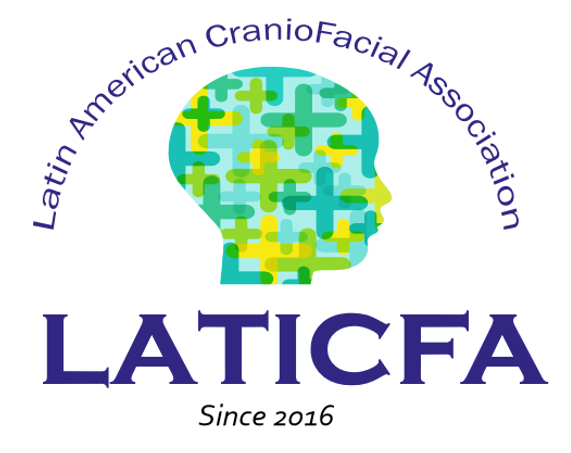

Aim:
To educate specialists in training about the complications and treatments associated with patients with congenital anomalies. To emphasize the importance of coordinated work and the involvement of new, still little-known disciplines.

Addressed to:
Graduate students with a research focus in various professions involved in the comprehensive care of people with craniofacial disorders, who require intervention from multiple specialties to address functional and aesthetic challenges.

Strategy:
Creation of participatory courses with experts, teachers, and students, in collaboration with El Bosque University and its internationalization program. Databases from universities and programs related to the craniofacial approach will be used.

Health areas involved:
Genetics, prenatal diagnosis, pediatrics, plastic surgery, neurosurgery, nutrition, otorhinolaryngology, ophthalmology, speech therapy, psychology, maxillofacial surgery, pediatric dentistry, orthodontics, periodontics, endodontics, oral rehabilitation, social work, nursing, epidemiology, public health.

Other related professions:
Systems engineering, physics, mathematics (with a technological focus).

Topics included:
Translational Health for Orofacial Clefts and Craniosynostosis
Definition, epidemiology and classification
Etiology and diagnosis
Analysis of isolated and syndromic cases
Interdisciplinary treatments
Counseling for patients and families
Correlations and times between specialties
Coordinated interventions

Complementary actions:
Create a network of teachers affiliated with LATICFA
Publish their profiles on the website
Grant certified credentials
Recognize their work during conferences
1 - LATIN AMERICAN INTERPROFESSIONAL NETWORK FOR THE INTEGRATION OF SPECIALTIES AND LEARNING ABOUT CRANIOFACIAL ANOMALIES





Work proposals
At LATICFA, we promote innovative work approaches that strengthen interdisciplinary care, foster ongoing training, and promote the creation of evidence-based clinical guidelines. We focus on building strategic alliances between professionals, institutions, and organizations to standardize treatment protocols and ensure quality, ethical, and patient-centered care.

2 - ORAL HEALTH IN PATIENTS WITH CONGENITAL ANOMALIES (OROFACIAL CLEFTS AND CRANIOSYNOSTOSIS)


Aim:
Reduce the incidence of caries and periodontal disease in these patients.

Context:
Facial developmental disorders make oral hygiene difficult, increasing the risk of oral pathologies. Poor oral health can delay orthopedic and surgical treatments and compromise overall health.

Problem:
Patients tend to reduce their commitment to oral hygiene as they grow older, especially with braces. It's crucial to intervene from an early age and maintain oral health education throughout all stages of treatment.

Actions:
Establish oral health policies for children and adolescents
Train health personnel from the patient's birth
Include disciplines such as speech therapy and psychology to intervene with recommendations
Create informative documents aimed at government institutions to promote public policies in oral health
3 - ARTIFICIAL INTELLIGENCE APPLIED TO THE SOCIODEMOGRAPHIC AND POPULATION ANALYSIS OF CRANIOFACIAL ANOMALIES IN LATIN AMERICA


Aim:
Collect information on cases, types of abnormalities, risk factors, and family history.

Justification:
Latin America has a high level of population, cultural, and environmental diversity, which can influence the development of craniofacial abnormalities. Artificial intelligence makes it possible to systematize and analyze this data to improve care and generate useful knowledge for health policies.
4 - MEASUREMENT AND SUCCESS CRITERIA FOR INTERDISCIPLINARY TEAMS


Aim:
Reduce treatments and therapies without effective results.

Proposal:
Establish clear success criteria and objectives by specialty, evaluate the quality of care, and document the effects of interventions.

Actions:
Encourage self-assessment in existing teams
Advise on the creation of new teams in rural or underserved areas
Support with clinical evidence the benefits of comprehensive interdisciplinary treatment
5 - PREVENTION


Aim:
Identify susceptibility and risk of recurrence to prevent new cases.

Proposal:
Further research into the etiology of congenital malformations. Understanding their causes will allow for the development of prevention strategies and reduce the incidence of new anomalies.
